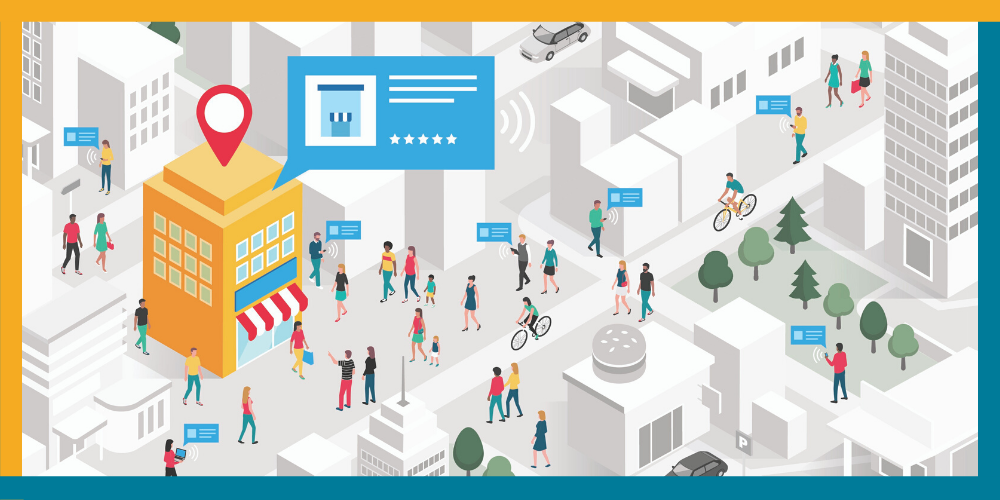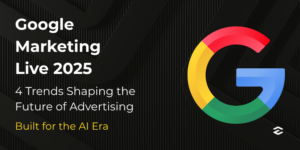The ability to target a person, rather than a platform, is already proving successful for companies. As advertisers, we no longer have to rely only on a website’s user demographic information. Rather, we can go a level deeper, targeting the individual and not the media placement. We can now use layers like interests, behavior, location, age, income level, family life, home ownership, and much more. These sophisticated targeting methods drive improved efficiency in campaigns. It’s a big reason why we’re seeing such growth in programmatic and social advertising and a reason why IoT will continue to change future targeting methods to come.
Other digital advertising channels are also starting to capitalize on these additional data layers. By leveraging cookies and third-party data aggregator insights, paid search is becoming more self-aware – considering context and audience, in addition to keywords searched. For example, with Google Adwords, advertisers have the ability to bid differently based on whether the searcher is in the market for a new auto loan, or whether it’s raining in the region the ads are being served, along with the individual’s income level.
The growth projections for Internet-enabled devices are astounding. A recent Accenture analysis predicts that IoT technology will lead to $10.2 trillion dollars in cumulative GDP for industrialized nations. While other internet-enabled devices are expected to grow incrementally over the next 5 years, IoT thing growth is exponential. Each new thing that’s connected to the internet will deliver packets of data to the cloud, to be stored, dissected, and analyzed. Most of this data will be irrelevant. However, there will be gems to be gleaned for sure.
Below are a few examples of how data could be used for better targeting, and more personalized experiences:
- A local mechanic could promote AC Recharge services to an individual if their behavior matches the following criteria:
- Accelerometer in their phone indicates they are going over 20 MPH
- Heat/Liquid sensors in their phone indicates they are sweating
- Third-party data aggregators indicate they own a vehicle
- A cookbook publisher could promote their latest cookbook, via the promotion of customized content on Yahoo Gemini based on:
- An internet-enabled oven’s manual settings (user inputs type of meat being cooked)
- Facebook likes of Southern-style cooking pages
- A residential blinds company could tailor which product (blackout, auto open/close, low-cost) they market an individual with, based on:
- Whether the individual gets poor sleep from sunrise to getting out of bed, as indicated by movement sensors in their IoT-enabled mattress
- In-store beacons that indicate more time being spent in certain sections of the store
- Online activity that shows a preference toward certain styles (keyword searches, pages visited, etc.)
As the above examples show, the possibilities are endless. The increasing trend toward the blending of data from different touch points, along with the increased quantity of devices collecting, sending, aggregating, analyzing, and selling its data, will lead to ever-increasing personalization tactics.
As advertisers, this brings up a new set of questions to work through. How do we leverage this information in a non-threatening and non-creepy way? How do we attribute success to the various targeting methods? How much personalization should go into the advertising creative itself?
Up next, we’ll explore what is currently available and how advertisers can take advantage.




